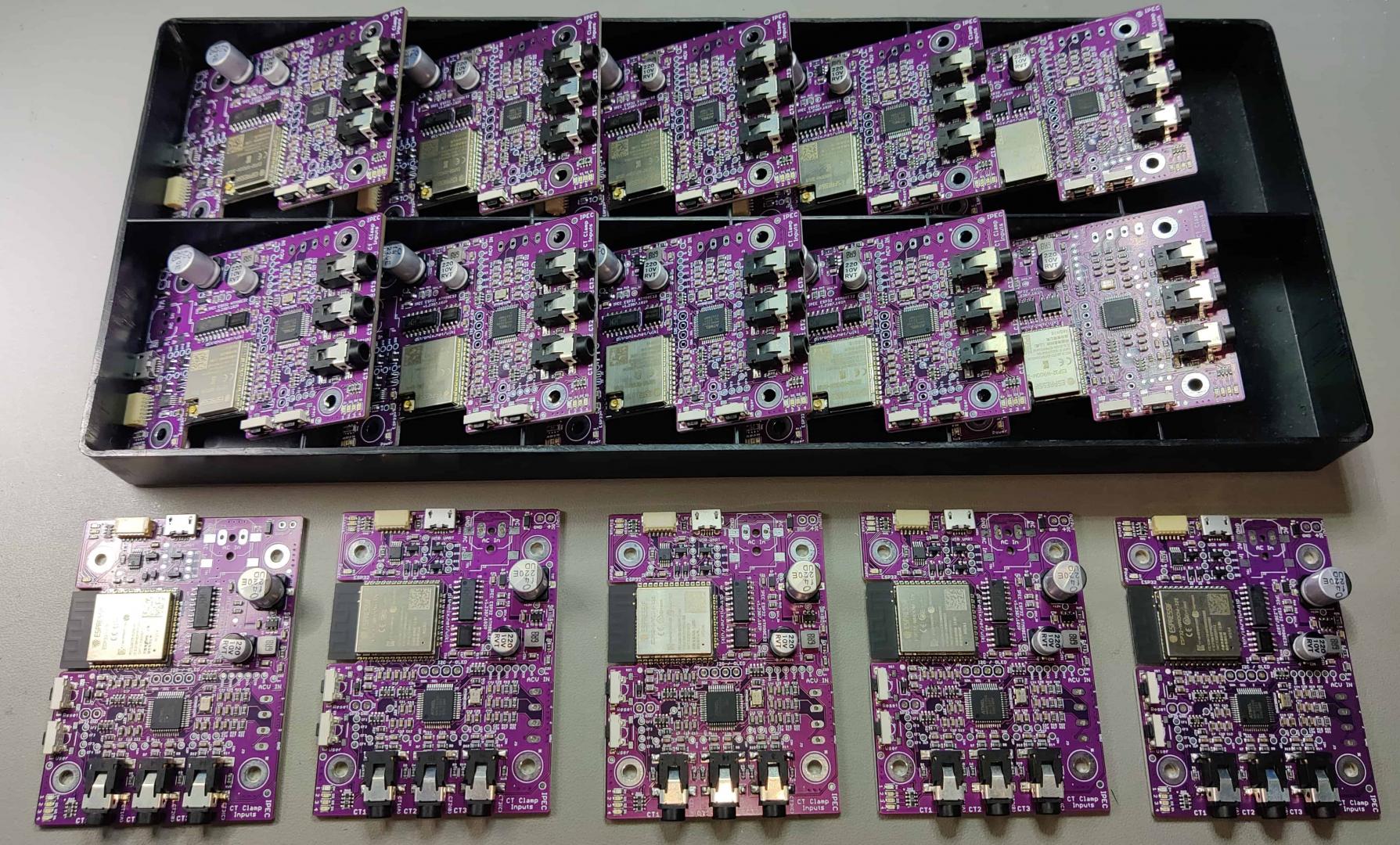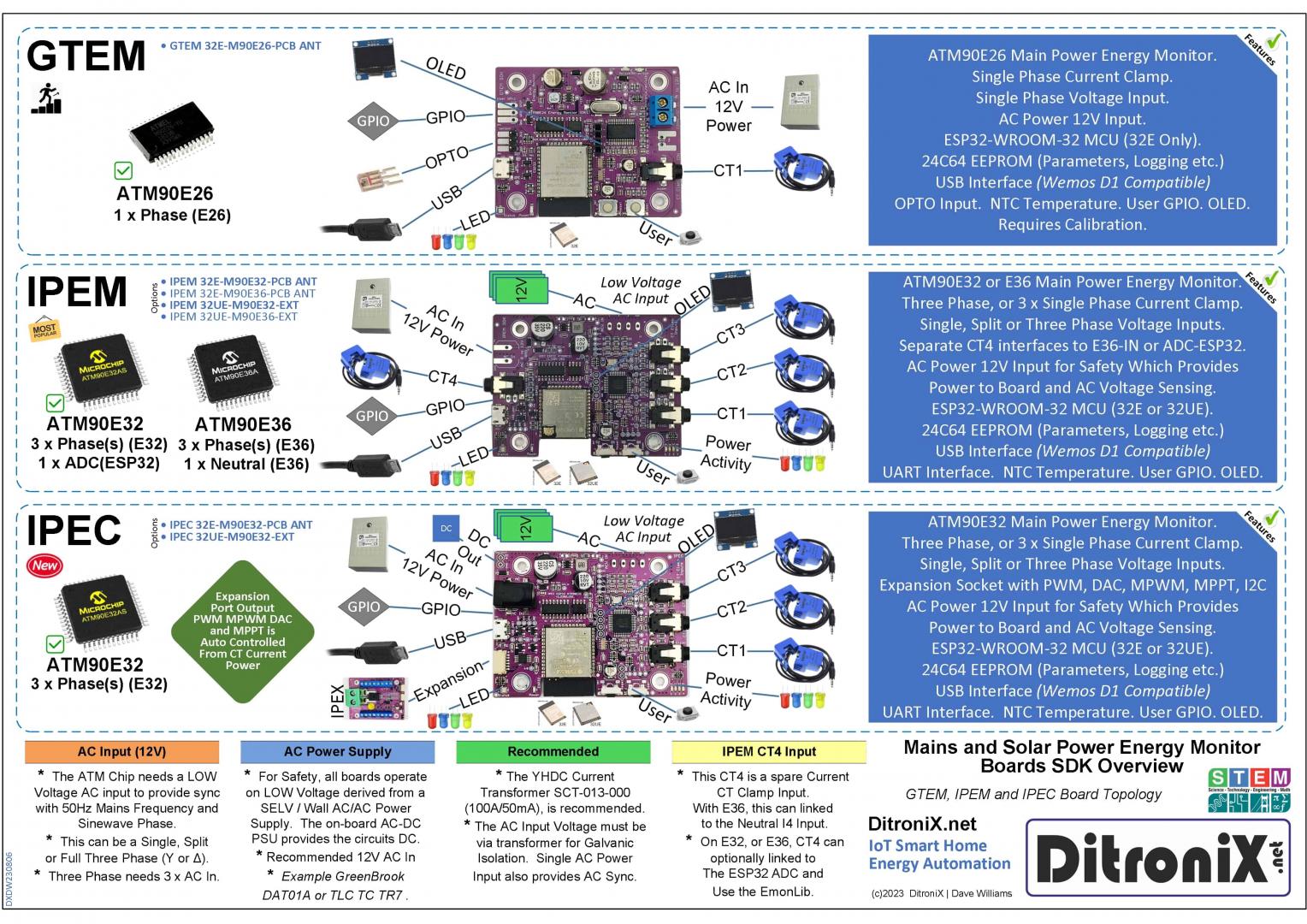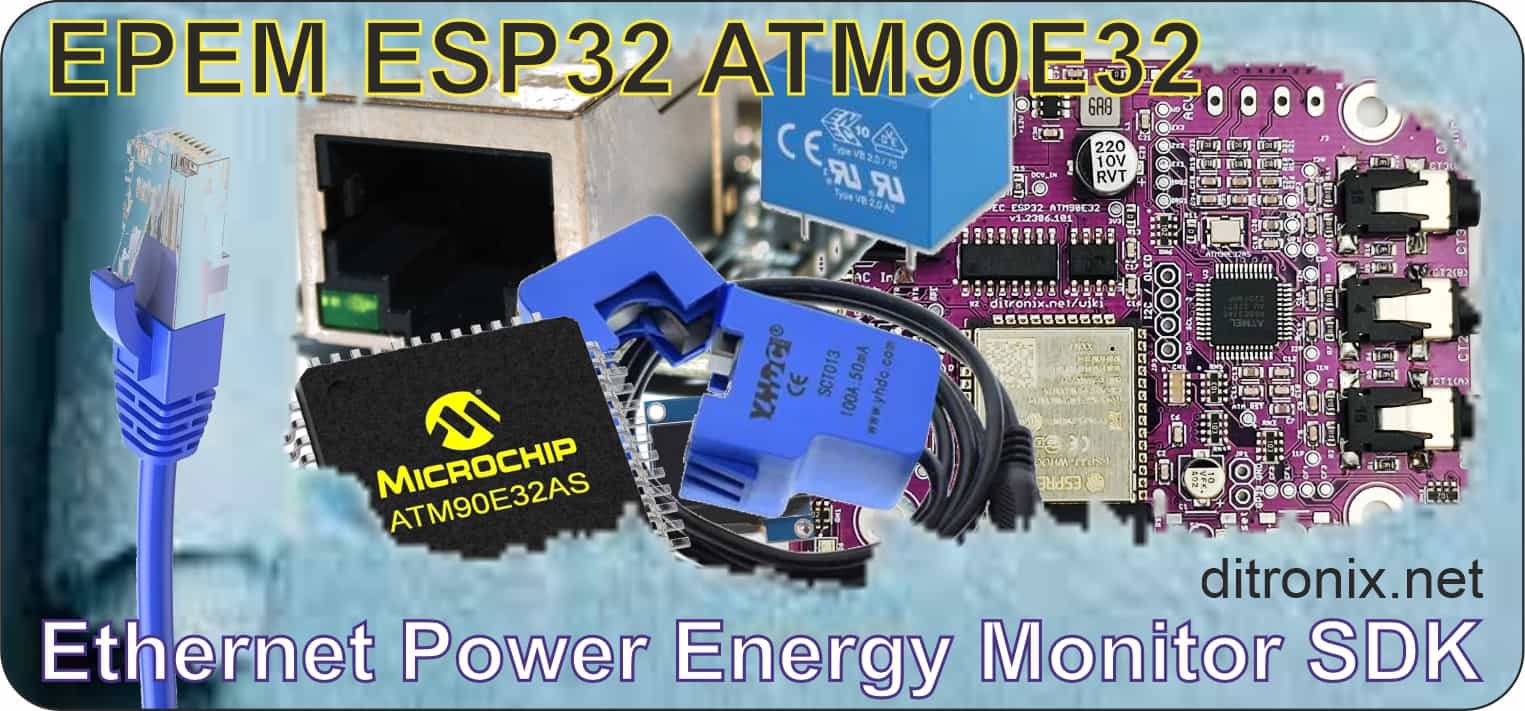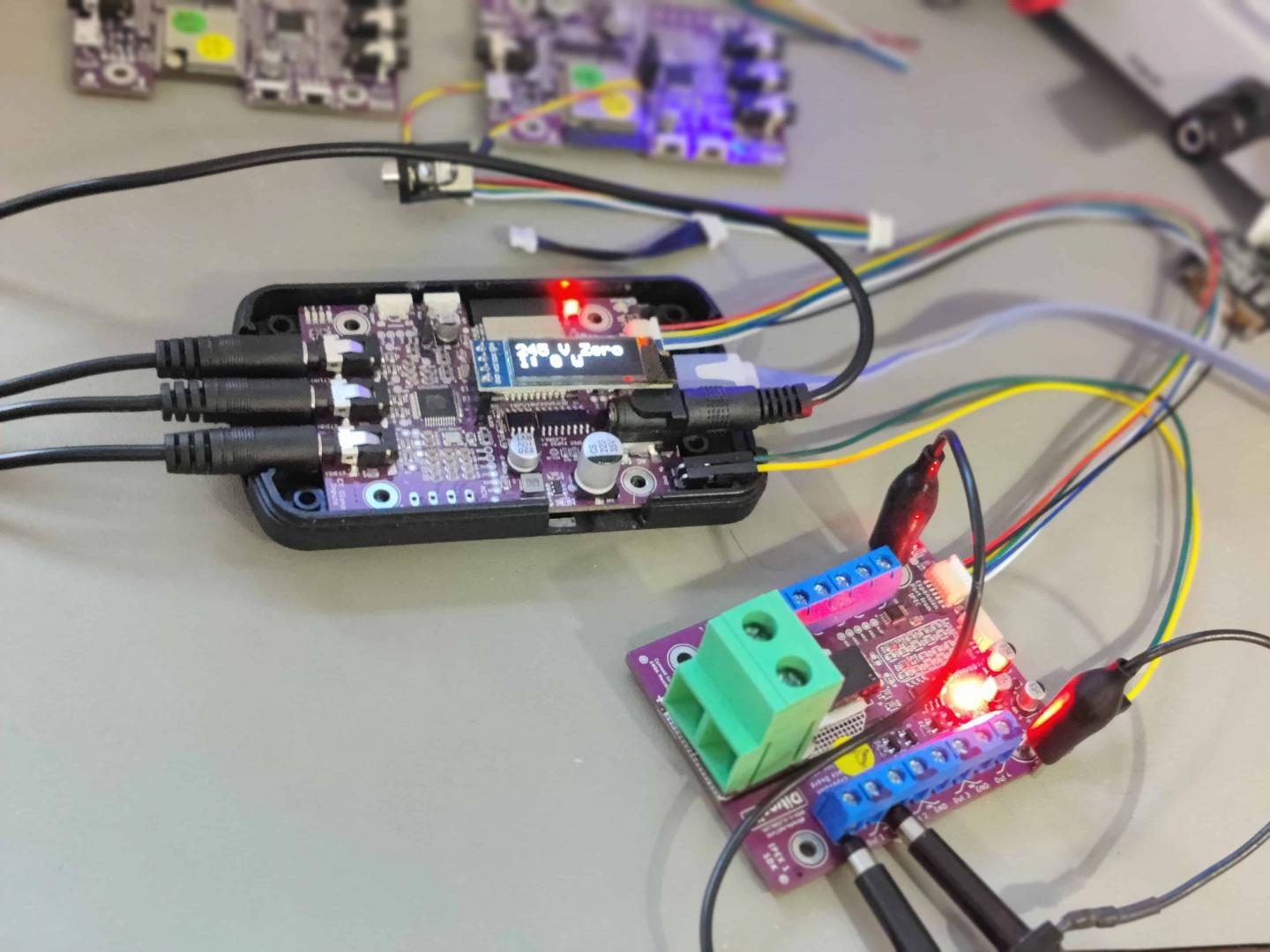IPEC Power Energy Monitor Board Overview
An overview of the IPEC board, showing the various connections and options available. The board was designed to be compact, flexible and functional, combined with… Read More »IPEC Power Energy Monitor Board Overview




